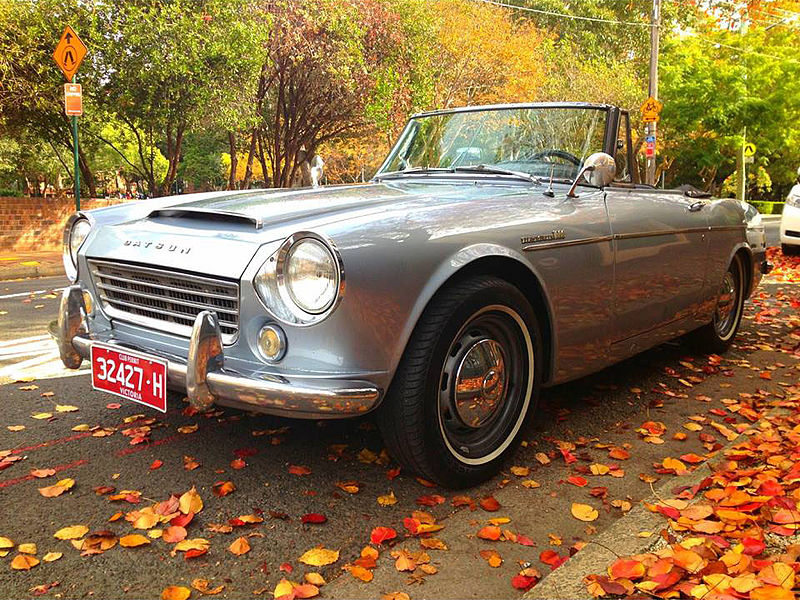Doggggboy
Ultra Member
I have an older Sanborn 60 gallon 500BPC60V single stage compressor.
Max tank pressure is 140psi and working pressure is 120-90.
I can't find any cfm specs on it anywhere and have had no luck online either.
I'm looking to start painting the Datsun this winter and the specs on the gun I plan on using says 13 cfm @ 20 psi maximum.
I'm trying to figure out if the Sanborn will handle this.
Any thoughts?
Max tank pressure is 140psi and working pressure is 120-90.
I can't find any cfm specs on it anywhere and have had no luck online either.
I'm looking to start painting the Datsun this winter and the specs on the gun I plan on using says 13 cfm @ 20 psi maximum.
I'm trying to figure out if the Sanborn will handle this.
Any thoughts?


